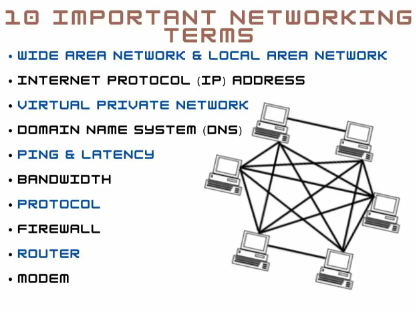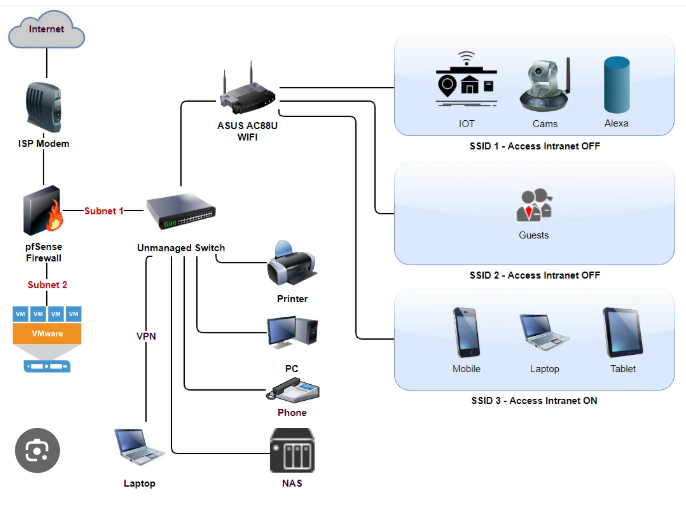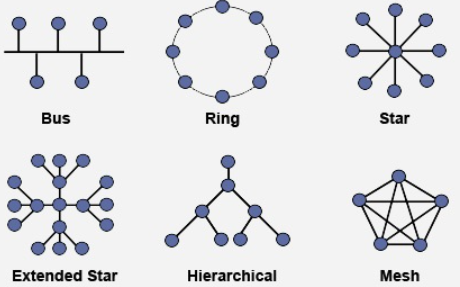
10 Networking Terms You Should Know | IP, DNS, Gateway, Ping & More
Whether you’re setting up Wi-Fi at home or diving into IT, networking terms can sound confusing. But don’t worry — this guide will simplify 10 of the most important terms you’ll hear in the world of computer networks.
Let’s make it easy and beginner-friendly. 💡
1. IP Address (Internet Protocol Address)
An IP address is like the home address of a device on a network. It allows devices to send and receive data.
- Example: 192.168.1.1 (IPv4) or 2001:db8::1 (IPv6)
- Learn more in: What is an IP Address?
2. DNS (Domain Name System)
DNS translates domain names (like google.com) into IP addresses that computers understand.
- Analogy: It’s like a phonebook for websites.
- What is DNS and How It Works
3. Gateway
A gateway is a device (often your router) that connects your local network to the internet.
- Think of it as the door between your home and the rest of the internet.
4. Firewall
A firewall filters incoming and outgoing network traffic for security.
- It blocks unauthorized access while allowing safe communication.
5. Bandwidth
Bandwidth is the amount of data that can be transferred over a network in a given time.
- Measured in Mbps or Gbps
- More bandwidth = faster downloads and streaming
6. MAC Address
A MAC address is a unique identifier assigned to your network device (like Wi-Fi or Ethernet adapter).
- Looks like: 00:1A:2B:3C:4D:5E
- Used for identifying devices within a local network
7. Router
A router connects multiple devices to a network and forwards data between them and the internet.
8. Switch
A switch is a networking device that connects devices in a local area network (LAN) and directs traffic efficiently.
- Unlike a hub, it sends data only where it needs to go.
9. Ping
Ping is a command used to test if a device or server is reachable over the network.
- It shows how fast and reliable a connection is
- Example: ping google.com
10. LAN / WAN
- LAN (Local Area Network): Covers small areas (like a home or office)
- WAN (Wide Area Network): Covers larger areas (like cities or countries)
Explore: Types of Networks (LAN, WAN, MAN)
Bonus: Packet
A packet is a small chunk of data sent over a network. All online communication happens via packets.
Final Thoughts
Knowing these 10+ terms will give you a strong foundation in networking — whether you’re troubleshooting Wi-Fi or preparing for an IT course.
🗨️ Have a networking term you’d like explained? Drop it in the comments!


